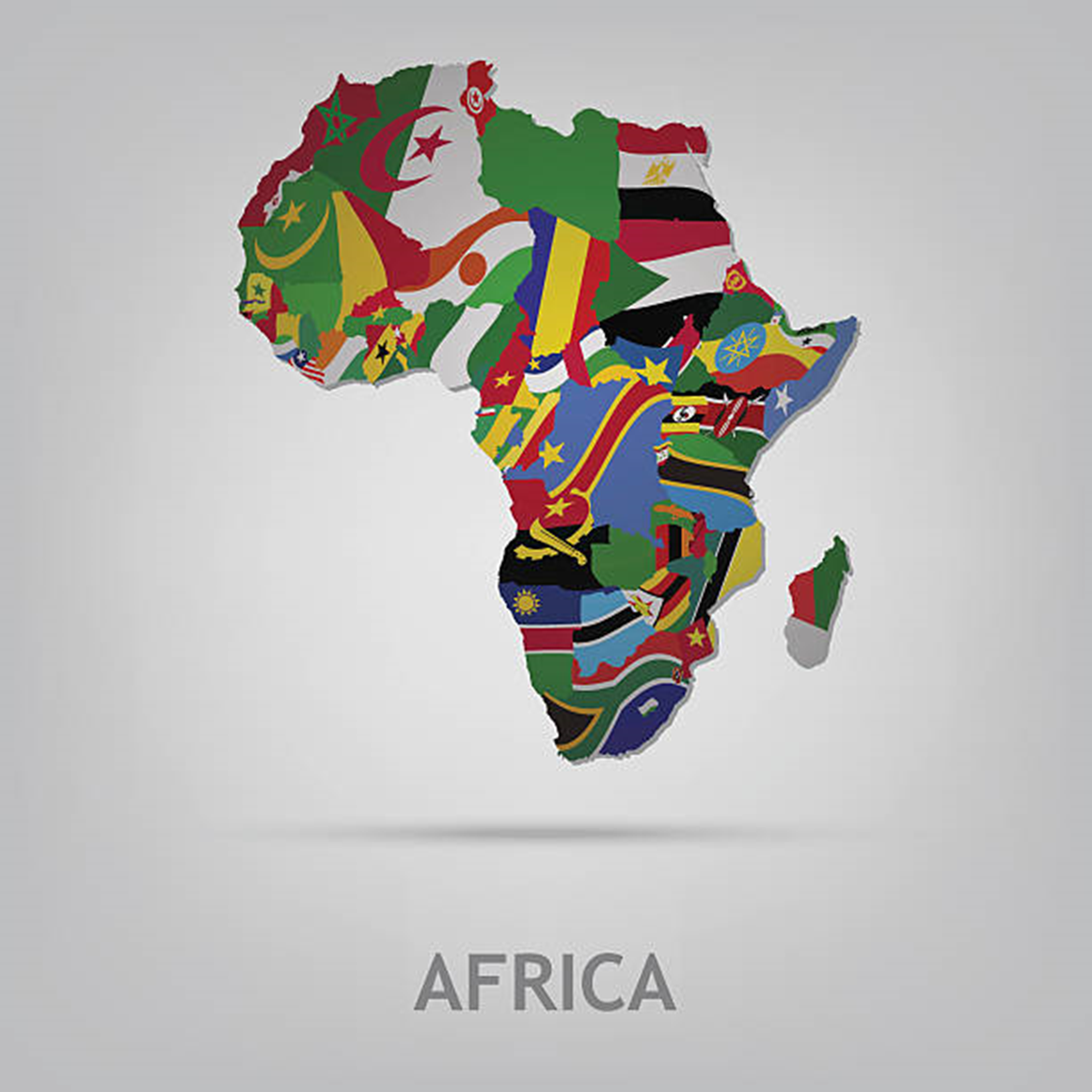Europe encountered African arts, mainly sculpture, since the end of the 15th century thanks to the first Portuguese explorers who brought back carved ivory pieces, some of which were made at their request. These pieces were initially placed in cabinets of curiosities and later in museums starting in the 17th century. However, African art was not recognized as such; during the Renaissance, Europeans, who were keen on Greco-Roman art, considered African creations with contempt, using the term “fetish” – a word borrowed from the 15th century Portuguese that designates the objects of worship of traditional religions – which carried connotations of artificiality, magic, crudeness and primitiveness.
These connotations endured for at least five centuries, persisting until the early 20th century. In 1859, David Livingstone, in his travel accounts, described a “fetish” as a “crude image of a human head daubed with certain enchanted substances.” Similarly, the 19th-century Grand Larousse dictionary, in its definition of “fetish,” referred to it as a “crude worship of material objects.”
Colonial expansion in the late 19th and early 20th centuries allowed the discovery of numerous artifacts, which began to be examined from both archaeological and ethnological perspectives. For instance, the rock art of the Tsodilo caves in Botswana—an area inhabited since approximately 100,000 BCE—had been documented since the mid-19th century, while studies on the rock art of the Sahara, dating back to around 6000 BCE, also began during the same period. The first sculptures from Ife, which span from before 800 BCE to the 17th century, were unearthed in 1911, at about the same time as the sculpted heads of the Nok culture (1000 BCE–300 CE), which became subjects of study in the 1910s and 1930s. Among the early scholars in the field, Marcel Griaule conducted extensive research on Dogon masks in the 1930s. Sculpture—particularly wood carvings and masks—drew the most attention, often overshadowing other forms of artistic expression, which were considered subsidiary.
Marcel Mauss defined art as any object recognized as such by a group. It was around 1906 that African arts began to be viewed from an artistic and aesthetic perspective. Their recognition as authentic artistic expressions emerged after this period, particularly when they captured the interest of figures like Picasso and Guillaume Apollinaire under the label “Negro art” – the expression appeared in 1912 – Picasso and Guillaume Apollinaire, in particular, and when they inspired Fauvism and Cubism and then, at the beginning of the 1920s, the sculptor Alberto Giacometti.
Even though artistic judgment has evolved, Livingstone’s “enchantment” continues to be invoked in the 20th century. The interweaving of the sacred and the profane, a defining characteristic of African culture, is particularly evident in art—especially in masks and sculptures, which have long fascinated Europeans. A key feature common to sculptural traditions across Africa is that masks designed to be contemplated as works of art, but to be used on the occasion of social and religious rituals. Therefore, African art, like other so-called “primitive” arts, has traditionally been defined not on the basis of its aesthetics, but on the basis of its socio-cultural role. particularly its role in facilitating communication with spirits. The West, however, postulates that one cannot study an object without examining its socio-historical context., requiring analysis beyond mere aesthetics. This approach emphasizes the need for thorough documentation to bridge the gap between material artifacts and their cultural significance. Ethnological expeditions, such as the Dakar-Djibouti mission (1931–1933), exemplified this methodology, collecting 3,500 objects while also documenting African culture through filmed dances and songs that accompanied the exhibition of masks and recorded testimonies of oral culture.
Like the aesthetic gaze, the ethnological gaze on African art is not always free of prejudices or methodological biases. The association between art and the sacred often reinforces perceptions of African art as “primitive”: The image of African sculpture as both “primitive” and linked to secretive or dangerous rituals continues to influence the perception of “African art”, especially when the connotations (relationship with death, sacrifice, etc.) conveyed by the objects are taken literally. This perspective raises a critical question: Would an art historian of the Renaissance dare to speak of images of the Crucifixion as representations of a human sacrifice? Or of representations of the Blessed Sacrament as evoking cannibalism?
The discourse on African art has been monopolized by the West since its discovery by whites; the African discourse on African art appears with movements such as the literary “Négritude” that emerged during the interwar period and the political movements of Afrocentrism – led by academics including Molefi Kete Asante – and African Renaissance – led by former South African President Thabo Mbeki – as well as through the growing recognition of traditional spirituality through the decriminalization of voodoo and other forms of spirituality, which aim to (re)discover and (re)value traditional African cultures.
From an artistic point of view, efforts to highlight the culture and artists of the continent were organized from 1956 with the Congress of Black Intellectuals. In 1966, in Dakar, the first world festival of black arts was a symbol of the desire for appropriation of art by Africans themselves; the problem of the restitution to the countries of origin of the works present in museums and among Western collectors was already present there. It was also an opportunity to show the diversity of art (painting, sculpture, literature, etc.) beyond masks and fetishes. It was followed by the first pan-African festival in Algiers in 1969, considered by some to be the symbol of the “cultural renaissance of Africa”.
In addition to the strictly historical pieces, masks, statuettes, sculptures and others have acquired the status of works of art. Many of these pieces are not particularly old—due to the perishable nature of materials like wood, raffia, and fabric— with the oldest known preserved African mask dating back to the 18th century. Examples of representative pieces worth significant sums on the market include the statues of Nok in Nigeria (700 BC – 300 AD), the terracotta heads of Ife in Nigeria (12th to 14th century), the bronzes from the Kingdom of Benin, now Nigeria (16th and 17th centuries), the metal statue of the god Gou from Benin (19th century), the reliquary figures of the Kota of Gabon, the Gouro masks, the ciwara crest masks of the Bambaras of Mali, the Senufo statues of Burkina Faso and Ivory Coast, as well as those of the Luba, the Fang masks of Gabon, etc.
The presence of African artworks in Western collections and museums has raised the issue of the spoliation of cultural property from African countries. Colonial powers removed many archaeological and artistic pieces during the era of colonization928 and the flourishing contemporary market for African art contributes to maintaining questionable practices that lead the international community to legislate. In a notable move, in the summer of 2016, Benin filed an official request with France, a first for a former colony in French-speaking Africa, to return the works taken during the era of colonization; the request concerns approximately 5,000 pieces.
For more information :
- https://fr.wikipedia.org/wiki/Portail:Afrique
- https://en.wikipedia.org/wiki/Africa
- https://africacenter.org/
- https://journals.openedition.org/etudesafricaines/
- https://etudes-africaines.cnrs.fr/
- https://journals.openedition.org/etudesafricaines/
- https://www.afdb.org/fr/documents-publications/economic-perspectives-en-afrique-2024

